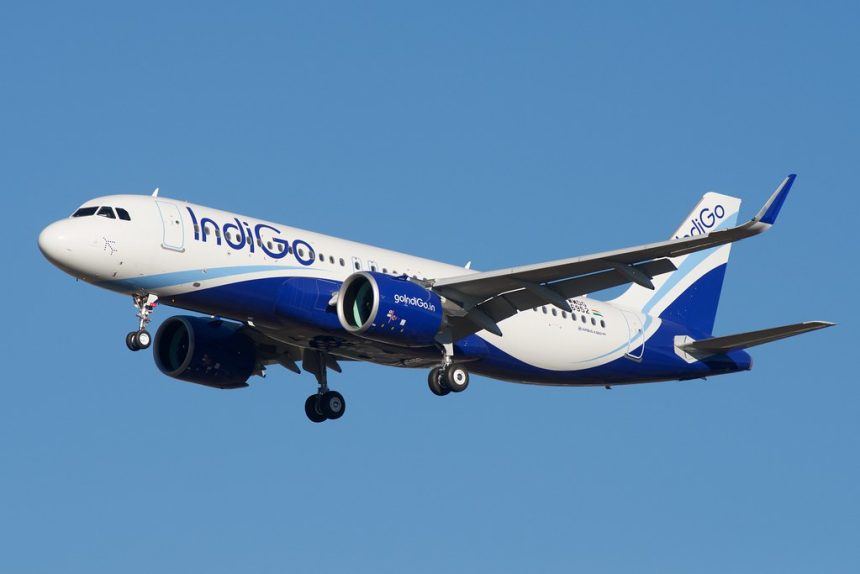What’s Changing: Direct Flights Return
India and China have officially agreed to resume direct passenger flights later this month, ending a suspension that has lasted more than five years.
Flights between designated cities will restart by late October 2025, pending approval from commercial carriers and fulfillment of operational requirements.
India’s largest airline, IndiGo, will spearhead the return of direct service, launching routes between Kolkata and Guangzhou beginning October 26. Plans are also in motion to resume connections between New Delhi and Guangzhou and eventually Delhi–Shanghai.
Why Flights Had Been Suspended
The suspension began in 2020 as a response to the COVID-19 pandemic, which disrupted international travel globally.
However, the cessation of direct air links persisted longer than most pandemic restrictions, largely due to deteriorating diplomatic and security tensions between India and China. The 2020 Galwan Valley clashes and the prolonged standoff along their Himalayan border derailed efforts to restore normal connectivity.
Diplomatic Context & Significance
- The timing comes shortly after Prime Minister Narendra Modi’s first visit to China in seven years during which both nations emphasised that they are development partners—not rivals—and discussed trade rebalancing.
- Resuming direct flights is widely seen as a symbolic step toward normalisation: it facilitates “people-to-people contact” and signals confidence in thawing tensions.
- The move is also perceived as a strategic response to widening geopolitical pressures, especially from U.S. trade policies that have pushed China and India closer in certain respects.
What It Means for Airlines, Travellers & Trade
- For travellers, shorter travel times, lower fares, and more route options are expected. Currently, many journeys between India and China require transit through hubs in Southeast Asia.
- For airlines, the reopening offers a chance to reclaim lost market share. Indian carriers like IndiGo and Air India, and Chinese carriers alike, are expected to compete for bilateral passenger traffic.
- For trade and diplomacy, restored connectivity supports easier business travel, cultural exchange, tourism, and could smooth logistical bottlenecks—for example, delegations, meetings and supplier visits.
Risks & Uncertainties
- The resumption is conditional on carriers’ decisions and regulatory clearances; not all designated routes may go live immediately.
- Trust is fragile: any flare-ups along the border or renewed tensions could derail this progress.
- Demand forecasts may be hard to predict: will travellers return quickly after years of indirect routing?
- Infrastructure and airport readiness (customs, immigration, air-traffic management) must be calibrated for the renewed traffic.











